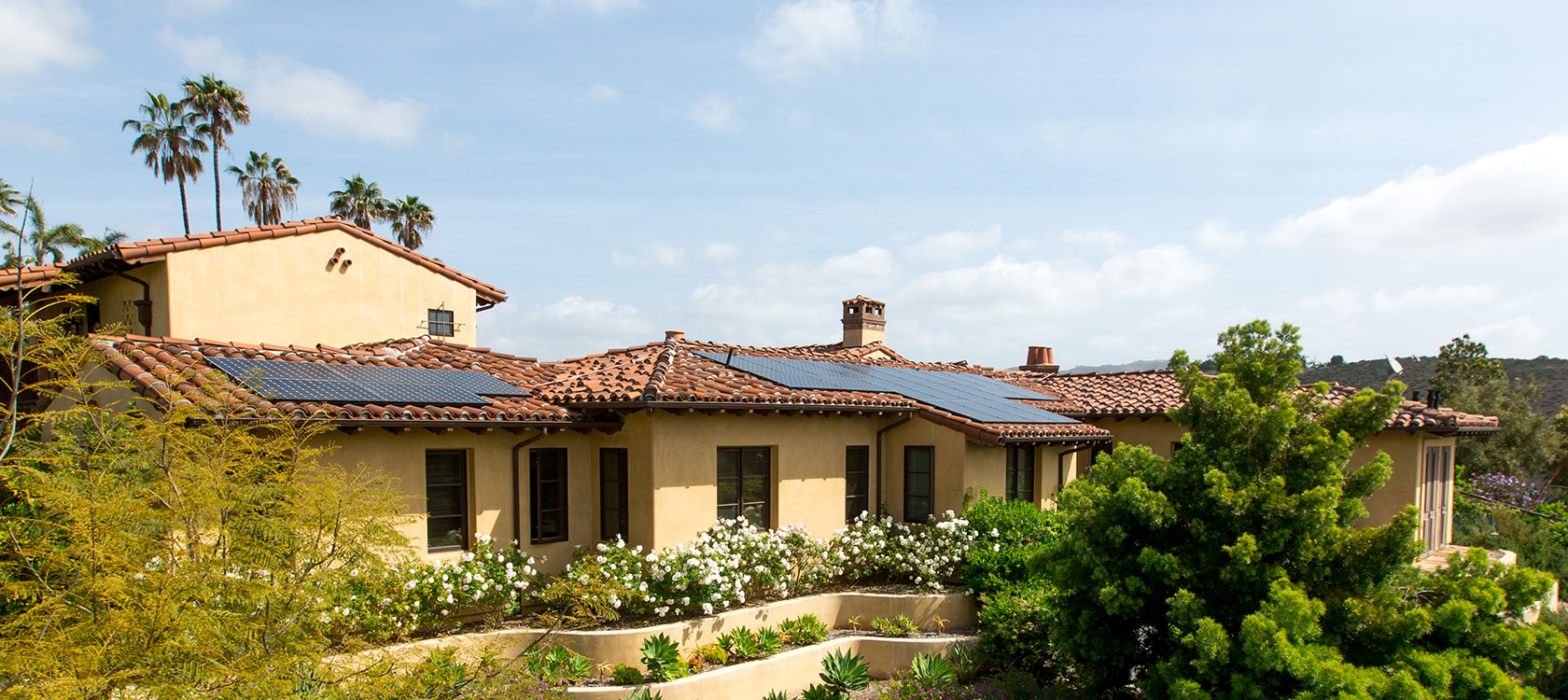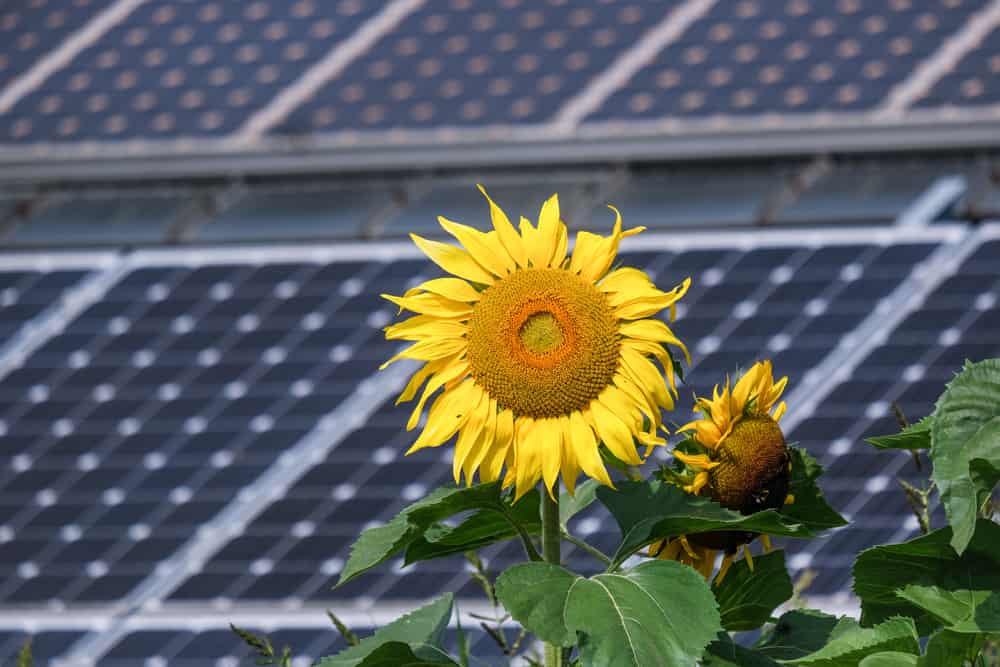
Quite a bit goes into making HVAC systems work. But it doesn’t have to be confusing. Let’s see what’s inside.
How do HVAC systems work?
In What is an HVAC system? we explored different types of systems. But how do they actually control your home’s temperature? Let’s talk about it.
First, a quick refresher on one law of thermodynamics at the heart of HVAC operation:
Heat naturally flows from objects at higher temps (hot) to objects at lower temps (cold).
How does a central HVAC system work?
Central HVAC systems use ductwork to distribute air throughout your home. Split HVAC systems are very common, with the condenser unit sitting outside, next to your home. This is probably what you think of when you picture an air conditioner. Part two of your system sits inside your home and connects to your heating system.
How central cooling works
When your thermostat triggers your system to cool your home, your AC goes to work removing heat from inside your home and transferring it outside.
- From your outdoor condenser unit, a compressor pumps refrigerant to your indoor evaporator coil, where a metering device lowers the pressure and temperature of the refrigerant. This cool refrigerant flows through your evaporator coil.
- As this happens, your air handler begins circulating air throughout the house. Room-temperature air is pulled in through the return duct, passes through a filter, and is blown across the evaporator coil (which contains that cool refrigerant).
Now, remember our law on heat transfer? Because the warm air is hotter than the cool refrigerant, the coils absorb heat energy from the air, then transfer that heat energy into the refrigerant.
This drops the temperature of the air going past the coil, which is blown into your home through your ductwork. Voilà, cool air!
- Okay, let’s follow our refrigerant that absorbed all that heat. It now travels back outside to your condenser unit, where it first goes through the compressor. Here, it gets pressurized to increase its temperature (so it’s hotter than the outside air), then runs through the condenser coil.
- There’s a fan on top of your condenser unit that draws air up and out of the unit. As it does this, that air first runs across the condenser coil, where our hot refrigerant is.
The law of heat transfer acts again here as the hot refrigerant in the coil transfers its heat to the cooler air. This warmed air is what gets sucked up and blown out by the fan. Goodbye, warm air!
- Back to our refrigerant again. Having released that heat energy, it’s now ready to pump back inside and repeat the cycle above until your thermostat says the temperature is right.
Main components of a cooling system:
- Condenser unit — sits outside; houses the condenser coil and compressor
- Compressor — in the condenser unit; pumps refrigerant
- Metering device — reduces temp and pressure of refrigerant
- Evaporator coil — carries refrigerant inside; absorbs heat from indoor air
- Air handler — connects to your ductwork; blows air across the evaporator coil
- Condenser coil — in the condenser unit; carries refrigerant outside; releases heat outside
How central heating works
In a split HVAC system, you’ll have a furnace located inside your home, typically in your basement, garage or attic. Heating systems can run on gas or oil, or as hybrid systems.
When the temperature in your home drops below the thermostat setting, your furnace is triggered to start combustion.
- A draft inducer fan, located inside your furnace, pulls fresh air into the burner (before it lights) and clears out any old combustion air from previous cycles. This helps to make sure gas will burn cleanly and efficiently.
- Then, an igniter will glow or spark to ignite the gas that starts flowing. Hot air is drawn from the ignited flames into the heat exchanger to warm it. The heating process will continue as long as this flame burns.
- As the heat exchanger gets hot, the blower fan is ready to go to work. It pushes air over the heat exchanger, which warms the air. That warm air then circulates into your home via your ducts. And now you have heat!
- But that’s not all. When burning natural gas, we need to know where the fumes and carbon monoxide go, right? The heat exchanger connects to exhaust vents that send all exhaust fumes safely outside your home.
- Now, let’s check back inside. The blower fan continues to draw air that is still cool (or has cooled off) from your home into the return duct, passes it through a filter and across your warm heat exchanger. This now freshly warmed air circulates into your home.
- This cycle repeats until your thermostat registers that the air in your home has reached the desired temperature. Then the gas shuts off and combustion stops. The blower motor will continue to run a bit longer, as the furnace cools down.
Main components of a heating system:
- Draft inducer fan — pulls fresh air into the burner
- Burner — burns fuel (e.g. natural gas) to warm the heat exchanger
- Heat Exchanger — a shield between the combustion chamber and the blower; air is heated when blown across it
- Blower fan — pushes air over the heat exchanger and circulates it around your home
- Exhaust vent— releases carbon monoxide and exhaust fumes outside
How does a mini-split AC system work?
With a mini-split AC system, air temperature is handled individually per room instead of through ductwork. Mini-split systems do still have an indoor component and an outdoor component connected by refrigerant lines. Air is cooled on its way to the outdoor compressor and then returned to the indoor unit. The difference here is that the cooled air is distributed into the room through a fan from within the indoor unit.
Takeaway
Understanding how your HVAC system works can help you take better care of it and feel more comfortable with regular service and repairs, but you don’t have to be a pro.
That’s why we’re here. When you need help with your HVAC care, always turn to certified professionals, like Baker Home Energy. With 83 years of experience, we’re SoCal’s trusted experts for building, installing and maintaining HVAC systems.




